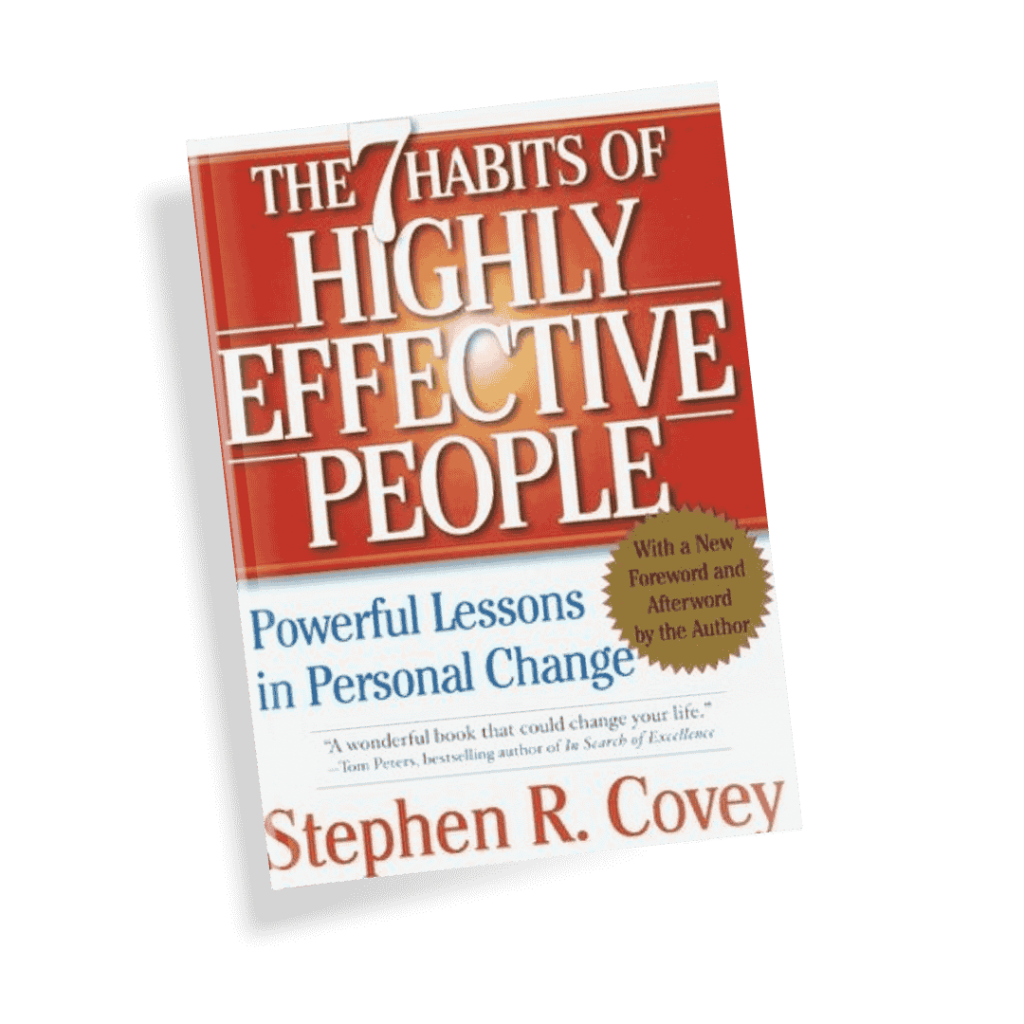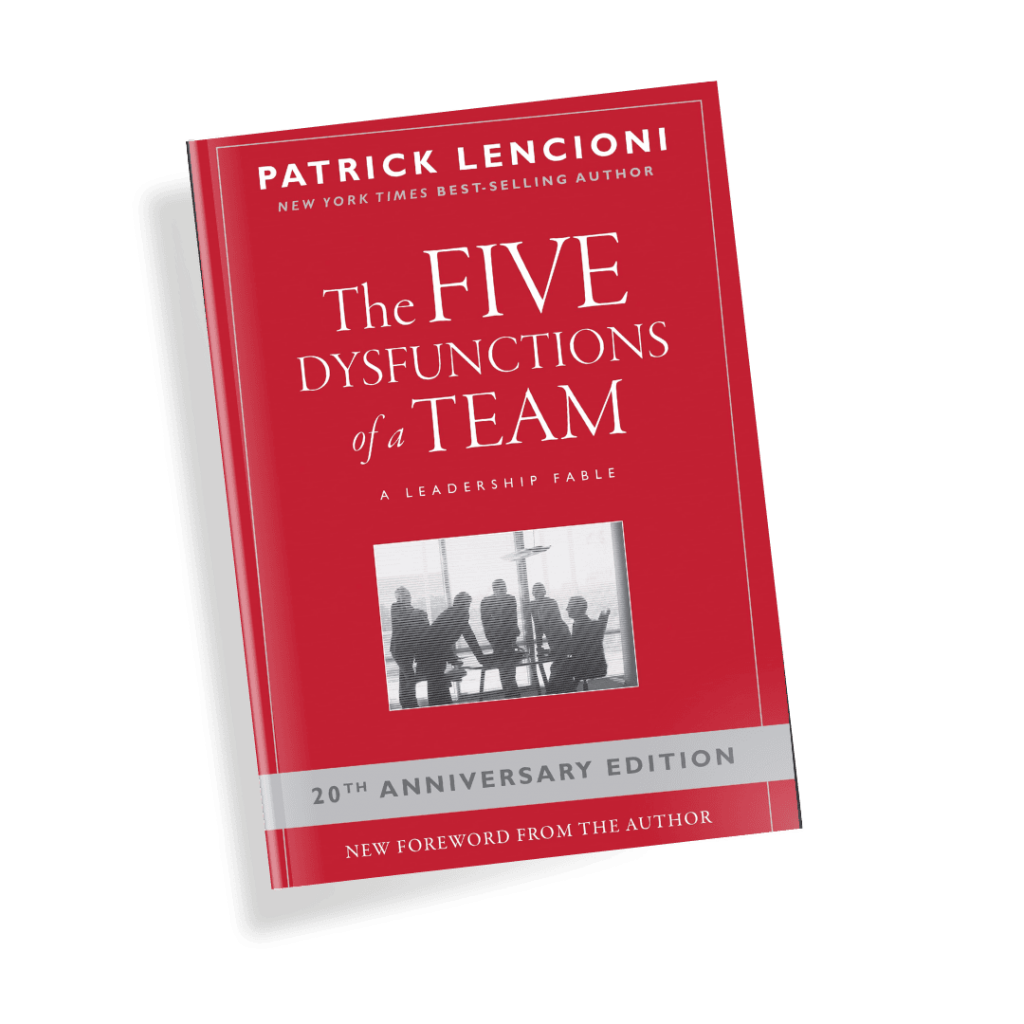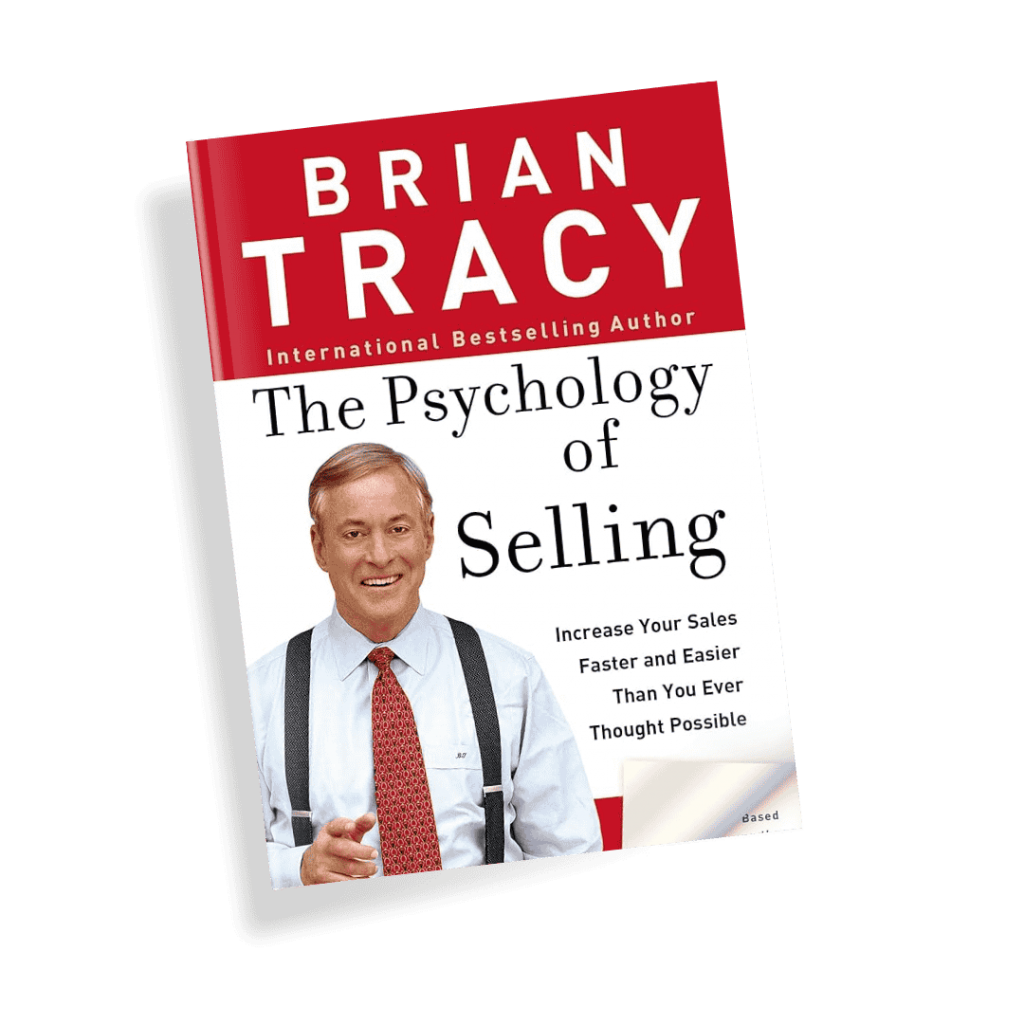Business Model Generation by Alexander Osterwalder
August 20, 2024 2024-11-02 12:40Business Model Generation by Alexander Osterwalder
Design Your Business Model
Key Lessons from Business Model Generation by Alexander Osterwalder
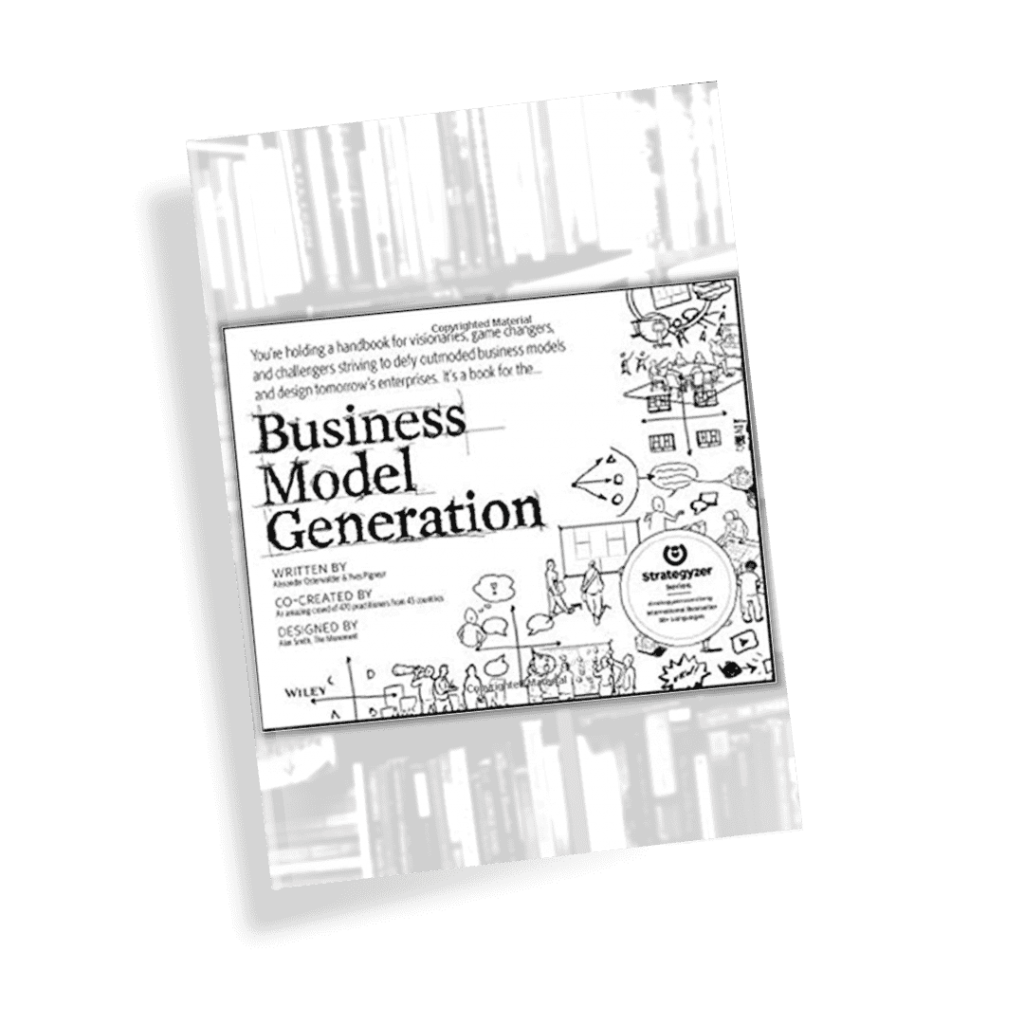
A business model describes the rationale of how an organization creates, delivers, and captures value
Alexander Osterwalder
9 Key Takeaways from the Book
Focus on Three Value Disciplines
Successful companies focus on either operational excellence, product leadership, or customer intimacy. Decide which of these aligns with your business vision to ensure a cohesive model and clear direction.
Identify Your Value Proposition
Your business must solve a specific customer problem or fulfill a need. Define what sets your product or service apart and why customers should choose it over others, making your value proposition the core of your model.
Know Your Customer Segments
Identify whether you’re targeting a mass market or a niche market. By understanding your customers’ unique needs and tailoring your approach to them, you build a solid foundation for success.
Build Effective Market Channels
Determine how you’ll reach your audience. Options include physical stores, websites, sales teams, or partnerships with distributors. The right channels ensure your product or service is accessible to customers.
Define Customer Relationships
The way you interact with customers shapes your brand. Consider if you’ll have a personal relationship model, like customer support for high-end products, or more automated systems like email marketing.
Outline Revenue Streams
Revenue can come from various models, such as one-time transactions, subscription fees, or usage-based charges. Understanding how money flows into your business ensures sustainability and helps in planning growth.
Allocate Key Resources Wisely
Identify what resources—like staff, technology, intellectual property, or facilities—are essential to your operations. Having the right resources in place keeps your business running smoothly and efficiently.
Structure Daily Operations
Determine which activities are vital for creating value, like manufacturing, consulting, or hosting a platform. Knowing these core activities keeps the business aligned and productive.
Optimize Cost Structure
Decide if your model is cost-driven or value-driven. Cost-driven models focus on minimizing expenses, while value-driven models prioritize high-quality, personalized services that may incur higher costs.
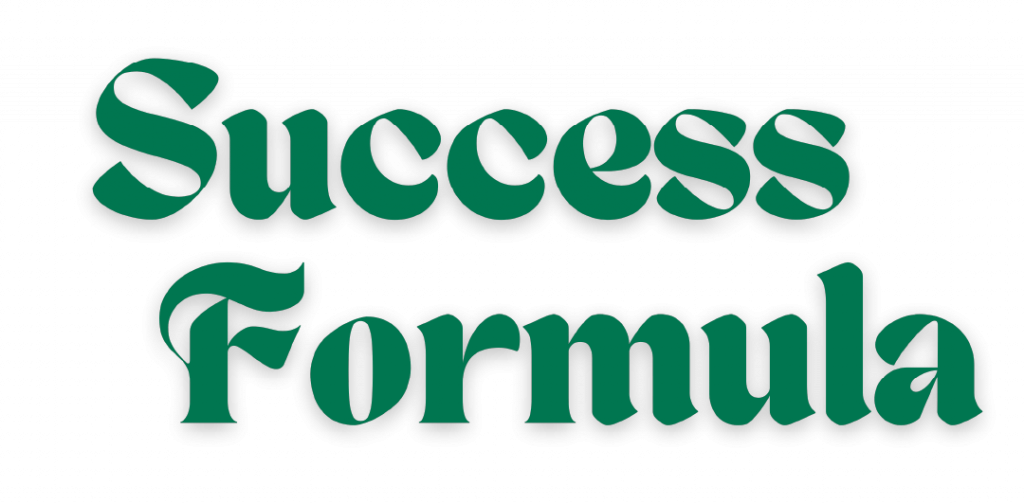
Business Success = Clear Value Proposition + Customer-Centric Approach + Efficient Operations
A strong business model is about solving real customer problems, building effective relationships, and operating efficiently. Focus on creating real value, and growth will follow.
– Coach Ramesh S
A business model is a blueprint for strategy to be implemented through organizational structures, processes, and systems.
- Alexander Osterwalder
Summary Note
Business Model Generation by Alexander Osterwalder provides a framework for creating successful business models. By focusing on value propositions, customer relationships, and essential resources, entrepreneurs can build a model that supports sustainable growth and aligns with customer needs.
Explore More

For More Details
Ready to elevate your business? Our tailored coaching programs help entrepreneurs unlock their potential and achieve sustainable growth. Start with a free strategy session to discover your roadmap to success!
